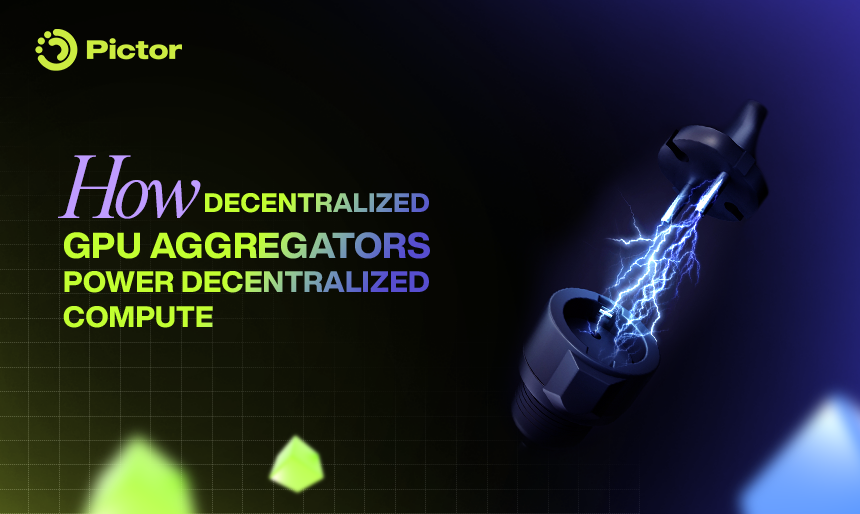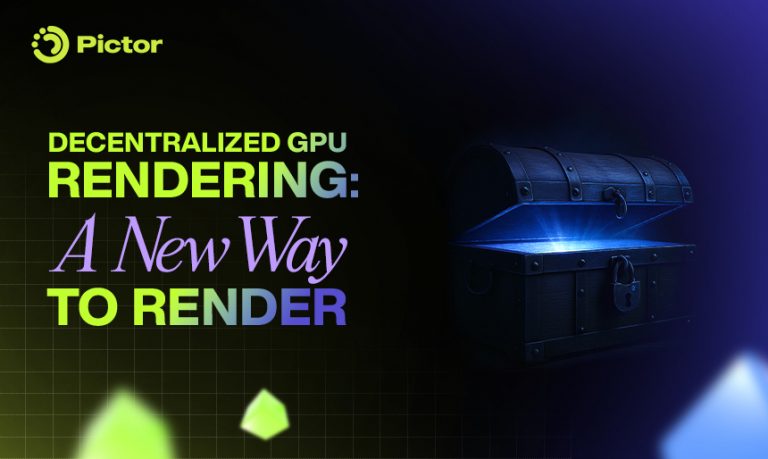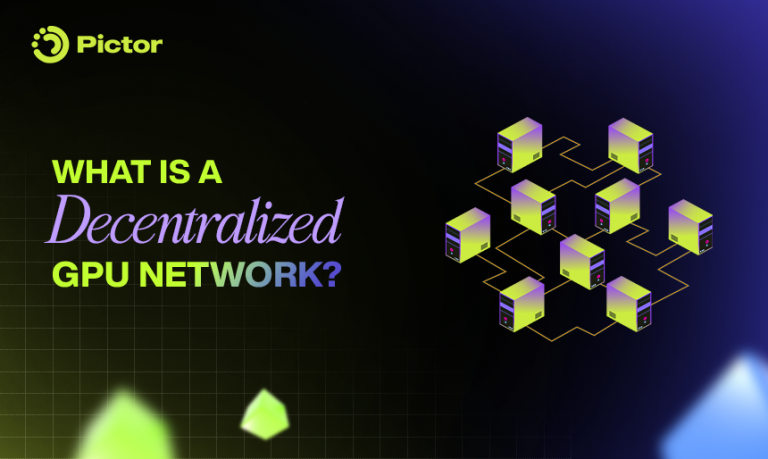“DeFi aggregators route tokens for optimal yield.
Decentralized GPU aggregators route compute for optimal power.”
1. The Aggregator Pattern in DeFi (and Beyond)
In Decentralized Finance (DeFi), the concept of aggregation changed everything.
Instead of interacting directly with individual DEXs or yield farms, users began relying on aggregators like 1inch, KyberSwap, or Paraswap to do the heavy lifting.
These platforms scan across fragmented liquidity pools to automatically find:
- The cheapest swap route
- The highest-yielding strategy
- The most efficient lending opportunity
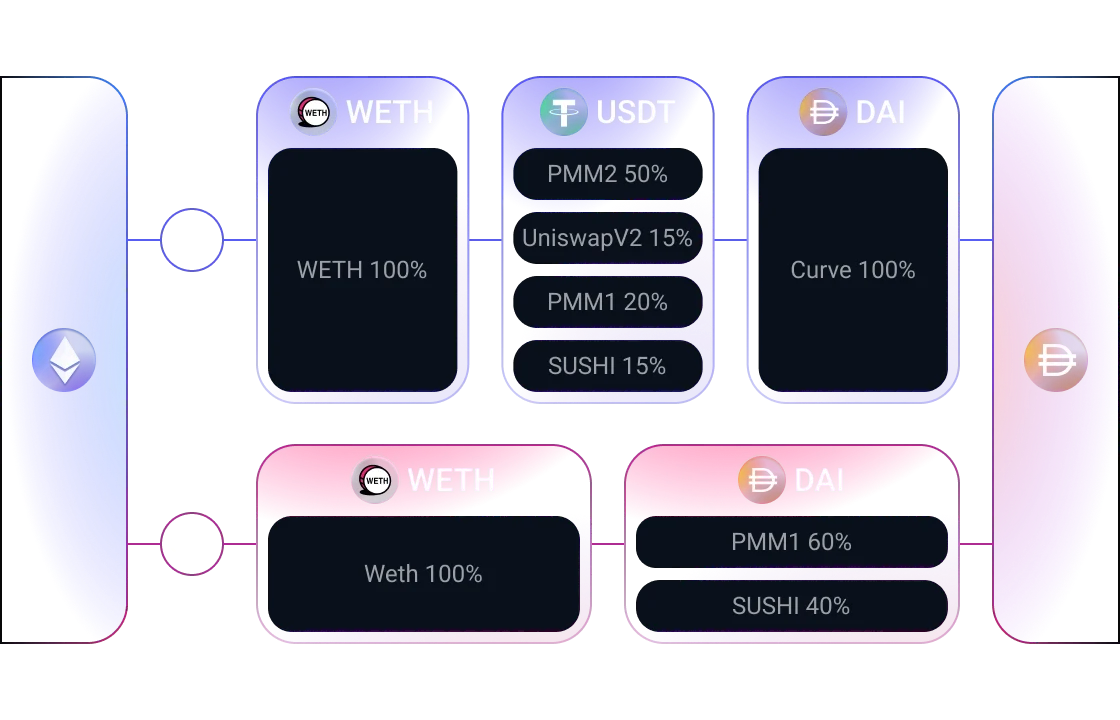
Source:1inch
And they do it all permissionlessly, powered by smart contracts with no central authority, no custody, and no manual coordination. Aggregators don’t own the assets. They simply orchestrate flows across decentralized markets to maximize efficiency, composability, and user outcomes.
However, aggregation as a design pattern isn’t limited to DeFi. Today, that same logic is expanding beyond tokens into infrastructure.
The rise of DePIN (Decentralized Physical Infrastructure Networks) is extending Web3 logic to real-world primitives: storage, bandwidth, energy, and, critically, compute.
❓ So what happens when we apply the logic of DeFi aggregators… to GPU power?
2. What is a Decentralized GPU Aggregator?
A Decentralized GPU Aggregator extends the aggregator paradigm to the compute layer, particularly GPU-based workloads like 3D rendering, AI model training, simulation, and beyond.
At its core, a Decentralized GPU aggregator is:
- A coordination layer that connects demand (from creators, studios, developers, researchers, etc.)
- With the supply of GPU power (from individuals, farms, or idle infrastructure)
- Through transparent, decentralized routing logic
Unlike centralized cloud platforms (AWS, GCP), a decentralized GPU aggregator doesn’t own any hardware and doesn’t execute the workload itself. Instead, it functions like a decentralized scheduler, dispatching jobs across a global permissionless network of compute providers.
Just like 1inch finds the best swap across fragmented liquidity pools, a GPU aggregator finds the best-performing, most cost-effective GPUs for your job, across fragmented compute sources.
3. Real-World Example: Pictor Network
One of the most advanced implementations of this model is Pictor Network, a decentralized GPU aggregator built on the blockchain.
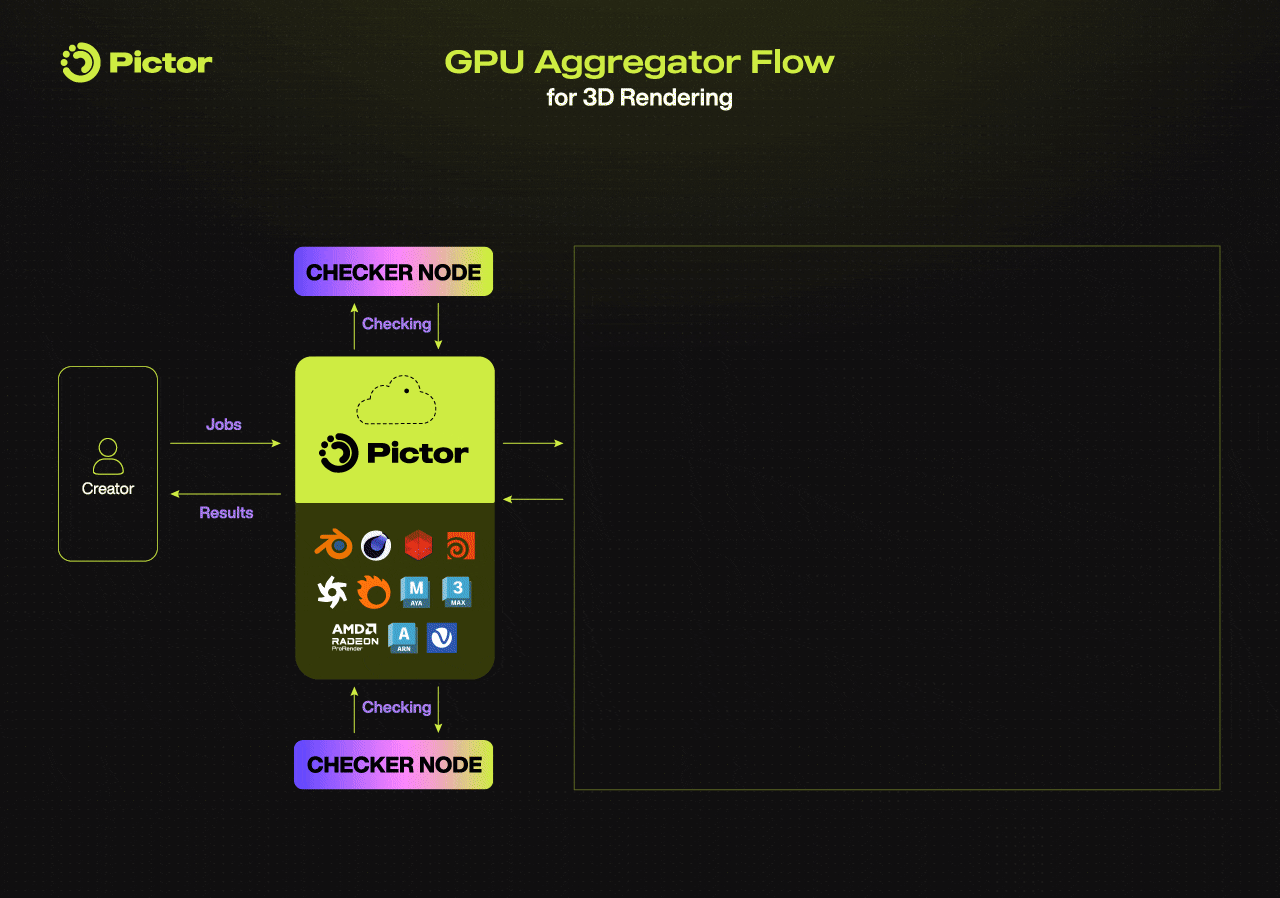
Pictor Network GPU Aggregator Flow for 3D Rendering
What It Does
Pictor Network orchestrates 3D rendering workloads across a distributed network of GPU nodes. These nodes can include:
- Professional render farms (Web2 or Web3-native)
- Individual users with idle AMD or NVIDIA GPUs
- Institutional GPU clusters with surplus compute
Why It’s Different
- Checker Nodes verify each job based on metadata, ensuring correctness without accessing sensitive files. This brings speed and trustless validation.
- Decentralized Storage Integration ensures inputs and outputs are stored securely, removing reliance on centralized cloud storage.
- Modular and Composable Design means the protocol can extend beyond rendering into AI inference, AI training, simulation, and other compute-heavy tasks.
Think of Pictor Network as 1inch for GPU compute, routing GPUs instead of tokens, across a decentralized mesh of idle GPU power.
4. Under the Hood: How Decentralized GPU Aggregators Work
Decentralized GPU aggregators operate through a set of modular, decentralized roles:
Key Participants
- GPU Requesters: Submits a compute job (3D rendering, AI training, etc.)
- GPU providers: Offers GPU resources to process jobs
- Checker Nodes: Validate job progress and results
- Aggregator Logic: Matches jobs to optimal hardware based on capability, availability, reputation, price, and performance.
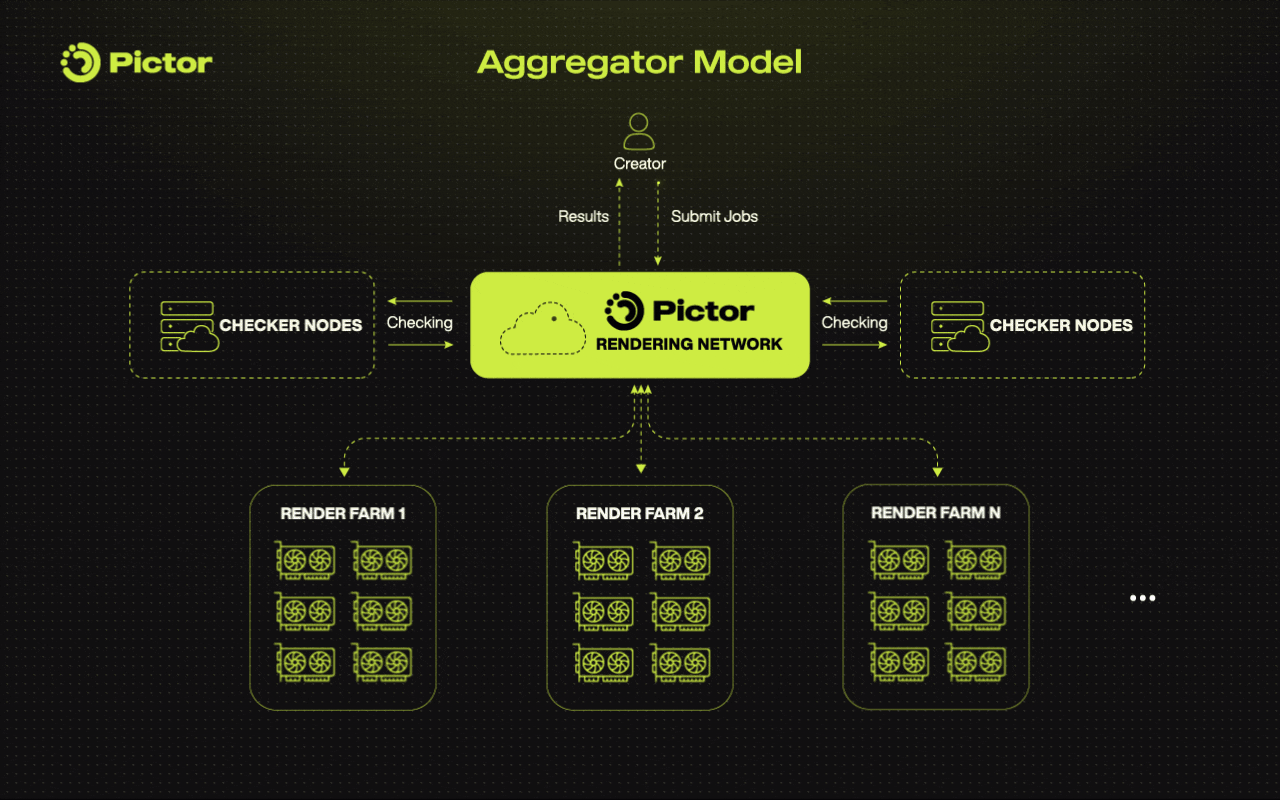
Pictor Network’s Decentralized GPU Aggregator Model
Smart Contract Coordination
All job matching and rewards can be handled on-chain, ensuring:
- Transparency: Anyone can verify how jobs are assigned
- Verifiability: Job state, checker audits, and outcomes are publicly recorded
- Permissionless Participation: Anyone can stake and provide compute, and anybody can access GPU compute power
Token Economy (e.g., Pictor Network Model)
The economic design often includes:
- Rewards for GPU providers based on job completion
- Fees for Checker Nodes based on successful validation
- Burn & Mint Mechanism to manage inflation
This model balances sustainability, deflationary pressure, and aligned incentives.
5. Why GPU Aggregators Matter Now
Demand for GPU compute is growing, but so is fragmentation.
We don’t just need more GPUs. We need a smarter way to use what’s already out there.
From real-time 3D rendering in gaming, digital twins, and metaverse platforms, to AI inference pipelines and edge-based model training, workloads are becoming more bursty, deadline-driven, and infrastructure-agnostic. Creators and developers need on-demand GPU power that’s fast, transparent, and cost-efficient.
The problem is that the global supply of compute is scattered. Some GPUs are overloaded. Others sit idle. But even when hardware is available, routing jobs to the right GPU, with the right specs, in the right location, at the right price, remains unsolved.
This is where the GPU aggregator comes in.
It doesn’t just “connect supply and demand.” It intelligently orchestrates compute flow across a decentralized network, ensuring that idle GPUs are used where they’re most needed, that jobs are matched to optimal nodes, and that incentives align across participants.
If decentralized GPU networks unlock access, aggregators unlock efficiency.
It’s the same shift DeFi went through: from raw liquidity to coordinated capital flow. Now, compute is undergoing that same transformation.
6. Final Thoughts: Aggregators Make Compute Flow
Decentralized GPU networks make compute accessible by unlocking idle hardware.
But without coordination, access alone leads to inefficiencies: scattered resources, missed opportunities, wasted power.
Decentralized GPU aggregators solve this by adding structure to that openness. They route workloads where they’re best handled, match jobs with the right nodes, and enforce incentives that keep the system honest.
In doing so, they don’t just connect supply and demand; they make the entire network functional.
And that’s the difference between having GPUs… and knowing how to use them efficiently.
Join the Decentralized Compute Economy
Ready to see how this works in practice?
👇 Explore the future of decentralized GPU aggregation at Pictor Network:
X | Telegram | Discord | LinkedIn | YouTube | Medium | Substack

